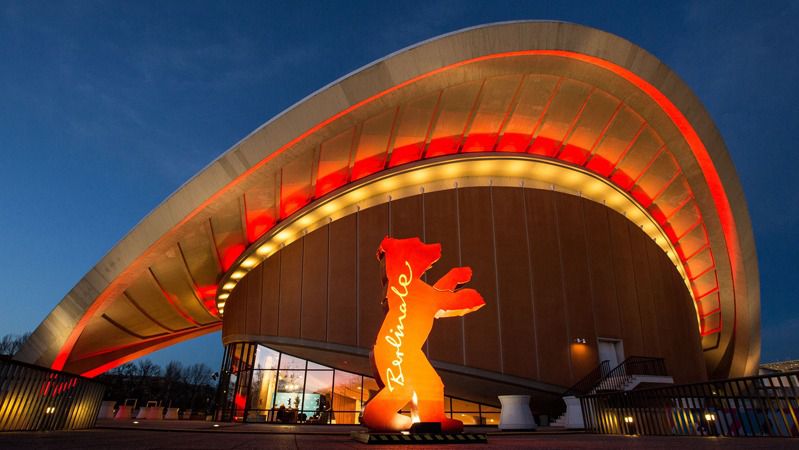Advertisements
On this day in 1615, Cervantes obtained authorization to publish the second part of his great work Don Quixoteto call The ingenious knight Don Quixote de la Mancha.
ten years before Once this second part was published, the first came to light, entitled The Ingenious Gentleman Don Quixote of La Mancha. Its printing began in 1604 at the press of Juan de la Cuesta and the work reached the public in 1605. This one had a lot of errors due to the rush they had to publish it and all the money they invested in it. Even so, its first edition was more than 1,500 copies and it was a great success.
Likewise, before Cervantes himself wrote this long-awaited second part, in 1614, Alonso Fernández de Avellaneda decided to continue the book by Don Quixote, and ended up being published in Tarragona. It is true that it is not known who was responsible, as the name of the author is a pseudonym. When Miguel de Cervantes realized the situation, he decided to modify certain parts of the novel to contradict the supposed second part which had just been published, in this way he also added a scene in which he ridicules the book.
It is true that the novel is about a mockery of the chivalry books of the timebut that doesn't mean it has language of worship and of course with a great morphological enrichment that agrees with the literary trends of the time.

What does Don Quixote talk about?
O first part is composed of 52 chapters in which Cervantes makes clear the don quixote madnesshow about events ordinary starts to transform them into extraordinarywhen for example he starts to fight against the giants who really were windmills. In this first part, the two exits what Don Quixote does and all the adventures that happen to him along the journey.
O second part is composed of 74 chapters where the nobleman is already considered knight -in the previous part it was not yet- and the third and finally exit what the protagonist does. Here, certain characters have already realized Don Quixote's madness and, while some merely humor and mock him, others simply they want the gentleman's well-being.
The new lifestyle he decides to undertake together with Sancho Panza is also narrated: life in the countryside with those closest to him. This novel ends with Don Quixote's apology to his friend and companion and, later, with the death of the knight himself.

Main characters
O most prominent characters of this work are Don Quixotewho completely lost his sanity after reading too many books about chivalry and decides to start his own adventure at the age of 50.
The next character who has a lot of value in the play is Sancho Panzaa man who was in same village as Don Quixote and accompanied him on his adventures because the knight promised many riches. He was always riding a donkey, called Grayto carry out Don Quixote's exploits, and when one ends up in trouble, it also harms the other.
another character which is not usually among the main ones, is rocinantehe gentleman's horse who physically looks like him and accompanies you on all adventures which are narrated in the novel.
The next character It's very characteristic throughout this work, it is Dulcineawhose wife Don Quixote is in love. This is not really his name, but the nobleman changes it lorenzo for Dulcinea because it fits better with the chivalry theme.

Thus, the author Miguel de Cervantes died the following year publication of the second part of the Don Quixoteat 68 years old because of diabetes. However, he left behind a great romance that is second most read in the world after the Bible. Unlike other works such as the galatea, the illustrious mop any Rinconete and Cortadillo which did not have as much global recognition, was translated into the most diverse languages, being analyzed and criticized by the most diverse experts.



